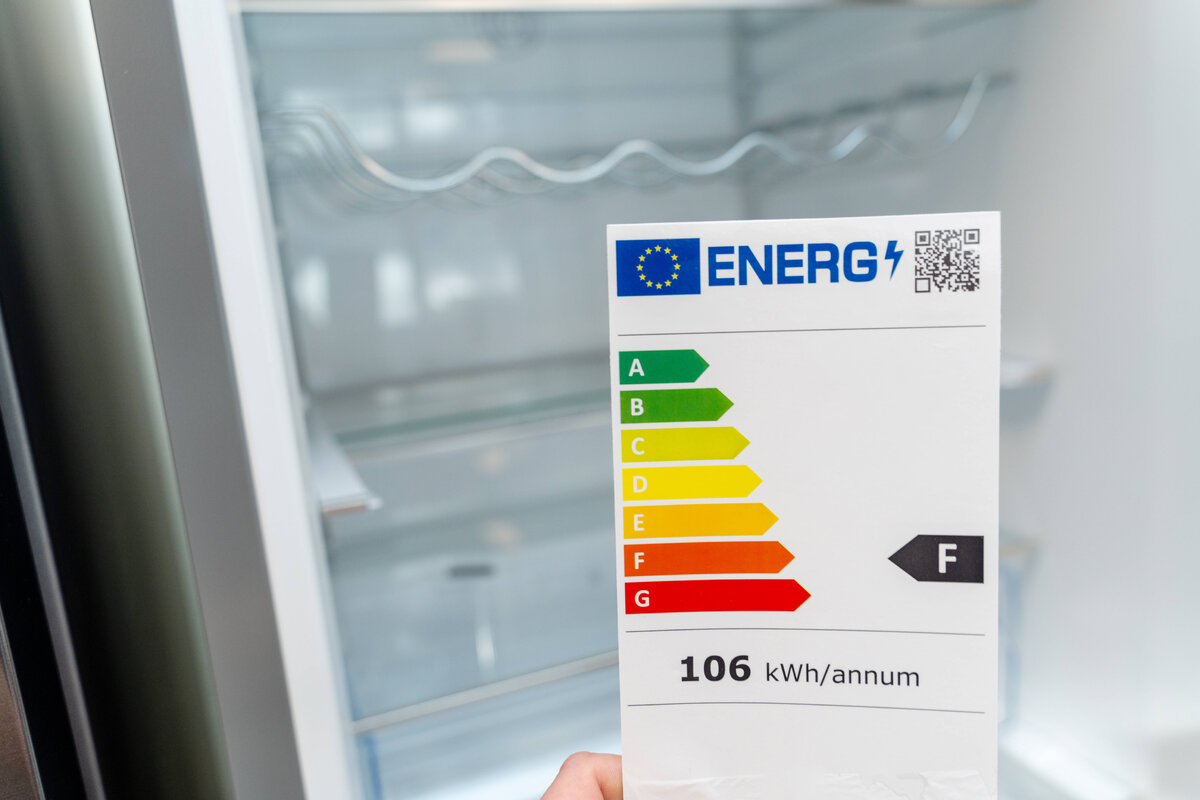The refrigerator is one of the appliances that remains on 24 hours a day, so it represents a significant percentage of electricity consumption in the home or in commercial establishments. Inefficient use can result in a considerable increase in the electricity bill. For this reason, applying good practices not only contributes to energy saving, but also extends the useful life of the equipment. Below are seven practical and effective recommendations:
1. Set the temperature to optimum levels

Proper temperature settings allow the equipment to operate efficiently without consuming unnecessary energy.
- Refrigerator: it is recommended to keep it between 3°C and 5°C.
- Freezer: it should be kept at approximately -18°C. Lower temperatures do not improve food preservation, but they do considerably increase energy expenditure.
Context: Strange noises in the refrigerator: common causes and tricks to solve the problem without spending a lot of money
2. Avoid opening the door frequently or for long periods of time
Every time the refrigerator door is opened, warm air from the environment enters, which forces the compressor to work harder to recover the internal temperature. It is advisable to plan what you are going to remove before opening the door and to close it as quickly as possible. In addition, it is advisable to avoid leaving the door open inadvertently.
3. Do not overload or leave the refrigerator empty

Too many products inside can prevent the proper circulation of cold air, causing uneven cooling and higher electricity consumption. On the other hand, an empty refrigerator loses its cold more quickly every time the door is opened. Ideally, it should be kept at a moderate load, approximately 70% to 80% of its capacity.
4. Clean the condenser regularly and check the door seal
The condenser, located at the back or bottom of the appliance, accumulates dust over time, which makes it difficult for heat to dissipate and causes the compressor to run longer. It is recommended to clean it every six months, using a brush or a vacuum cleaner. It is also important to check the condition of the door seal or gasket. If it is loose, dirty or cracked, it can allow cold air to leak out, increasing the work of the motor.
5. Do not put hot food

Storing food that is still hot raises the internal temperature of the refrigerator, forcing the compressor to work overtime to cool down again. It is best to wait for food to reach room temperature before storing it. This practice helps to maintain a more stable internal temperature and reduces the energy consumption of the appliance.
6. Place the refrigerator away from heat sources
It is important to place the refrigerator in a well-ventilated place, away from direct sunlight, stoves, ovens or other heat-generating appliances. When the area around the refrigerator is warmer, the motor needs to work harder to maintain the correct internal temperature, which increases electricity consumption. In addition, there should be a space of at least 10 cm between the back of the refrigerator and the wall, to facilitate proper ventilation.
7. Defrost the freezer regularly
In models that do not have “No Frost” technology, it is essential to defrost regularly. The accumulation of frost or ice on the walls of the freezer acts as a thermal insulator, making cooling more difficult and forcing the compressor to work harder. It is recommended to defrost the appliance when the ice layer exceeds 5 mm in thickness.









